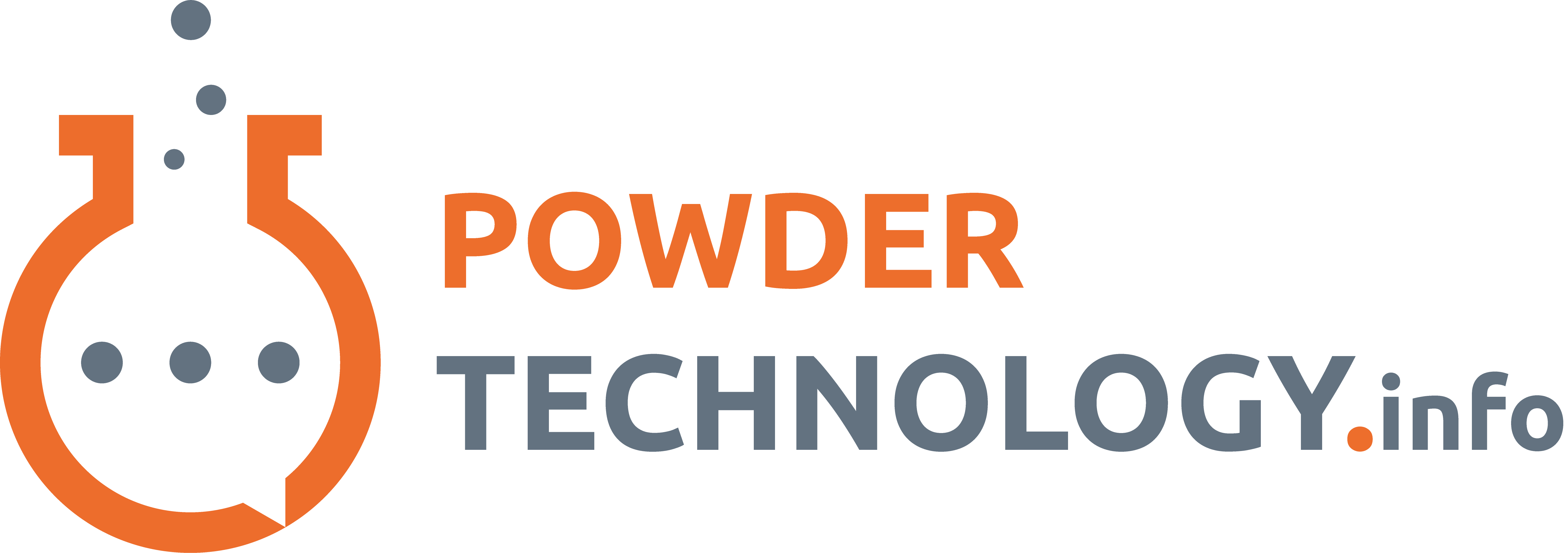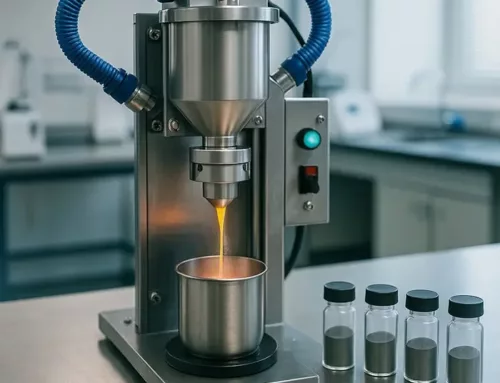Unlocking the Potential of Cryogenic grinding of powders
Cryogenic grinding is a powerful method for processing heat-sensitive materials, offering unmatched efficiency in particle size reduction while preserving material integrity. By using liquid nitrogen or other cryogenic gases to freeze materials before grinding, this technique mitigates the challenges posed by heat generation in conventional milling. As industries demand finer, more uniform powders with controlled properties, cryogenic grinding has become indispensable in pharmaceuticals, food processing, plastics, and advanced materials.
The Key Insight: Why Cryogenic Grinding Is a Game-Changer
While cryogenic grinding is often regarded as a simple cooling technique, its impact on material science is profound. The process does not just prevent heat-induced degradation—it fundamentally alters material properties, leading to improved downstream performance. Studies have shown that cryogenic grinding enhances particle morphology, reduces amorphous content in crystalline materials, and increases surface area, all of which contribute to better reactivity and processability.
For example, in the pharmaceutical sector, cryogenic milling of active ingredients can lead to faster dissolution rates and higher bioavailability, providing a direct impact on drug efficacy. Similarly, in polymer recycling, cryogenic grinding transforms elastomers into fine powders that can be seamlessly reintegrated into new production cycles, reducing waste and supporting sustainability goals.
Why Cryogenic Grinding?
In standard grinding processes, friction and impact forces generate heat, which can degrade sensitive compounds, alter material structure, and lead to inconsistencies in particle size. Cryogenic grinding, by contrast, significantly reduces these risks by maintaining ultra-low temperatures throughout the milling process. This ensures improved grindability, enhanced product stability, and finer, more homogeneous particle size distributions.
Key Benefits:
- Preservation of Material Properties: Essential for polymers, food products, and pharmaceuticals where heat-induced degradation is a concern.
- Enhanced Efficiency: Cryogenic cooling reduces energy consumption and increases milling throughput by making materials more brittle and easier to break.
- Superior Particle Size Control: Results in uniform and finer powders, improving dissolution rates, flowability, and compaction in downstream processing.
- Minimized Oxidation and Contamination: Particularly beneficial for reactive metals, spices, and biological samples.
How It Works: The Cryogenic grinding of powders
- Pre-Cooling: Material is exposed to cryogenic gases, usually liquid nitrogen (-196°C), which rapidly reduces its temperature.
- Grinding: Once frozen, the material enters a mill where it undergoes impact, shear, or attrition forces, leading to controlled particle breakdown.
- Classification: The resulting powder is separated based on particle size, ensuring a consistent final product.
- Recovery: Excess nitrogen evaporates safely, leaving behind a finely milled powder ready for further processing.
Applications in Industry
Cryogenic grinding is widely used across various high-tech industries, each leveraging its unique advantages:
- Pharmaceuticals: Enables fine grinding of active ingredients, improving bioavailability while maintaining stability.
- Plastics and Polymers: Facilitates size reduction of tough, elastic materials like rubber, enabling reuse and recycling.
- Food Industry: Enhances flavor retention in spices, coffee, and herbs by preventing volatile oil loss.
- Metals and Advanced Materials: Supports the micronization of reactive and brittle metals, ensuring improved processability.
Challenges and Considerations
Despite its advantages, cryogenic grinding comes with specific operational challenges:
- Equipment Costs: Requires specialized milling systems capable of handling cryogenic environments.
- Cryogen Consumption: The efficiency of liquid nitrogen use impacts overall processing costs.
- Process Optimization: Precise control of temperature and residence time is critical for consistent results
Future Trends: The Next Generation of Cryogenic Milling
Advancements in cryogenic grinding are pushing the boundaries of material processing. With developments in automated nitrogen dosing, integrated energy-efficient designs, and real-time particle monitoring, industries are witnessing enhanced sustainability and cost-effectiveness. Additionally, the rise of additive manufacturing and nano-particle applications is driving further innovation in ultra-fine cryogenic milling techniques.
Cryogenic grinding of powders: Conclusion
The real value of cryogenic grinding lies in its ability to optimize material performance in ways that traditional milling cannot match. As industries seek greater control over particle characteristics, cryogenic techniques offer a path to improved quality, efficiency, and sustainability. The next frontier will likely see greater integration of AI-driven monitoring and process optimization, further unlocking the potential of this transformative technology.




